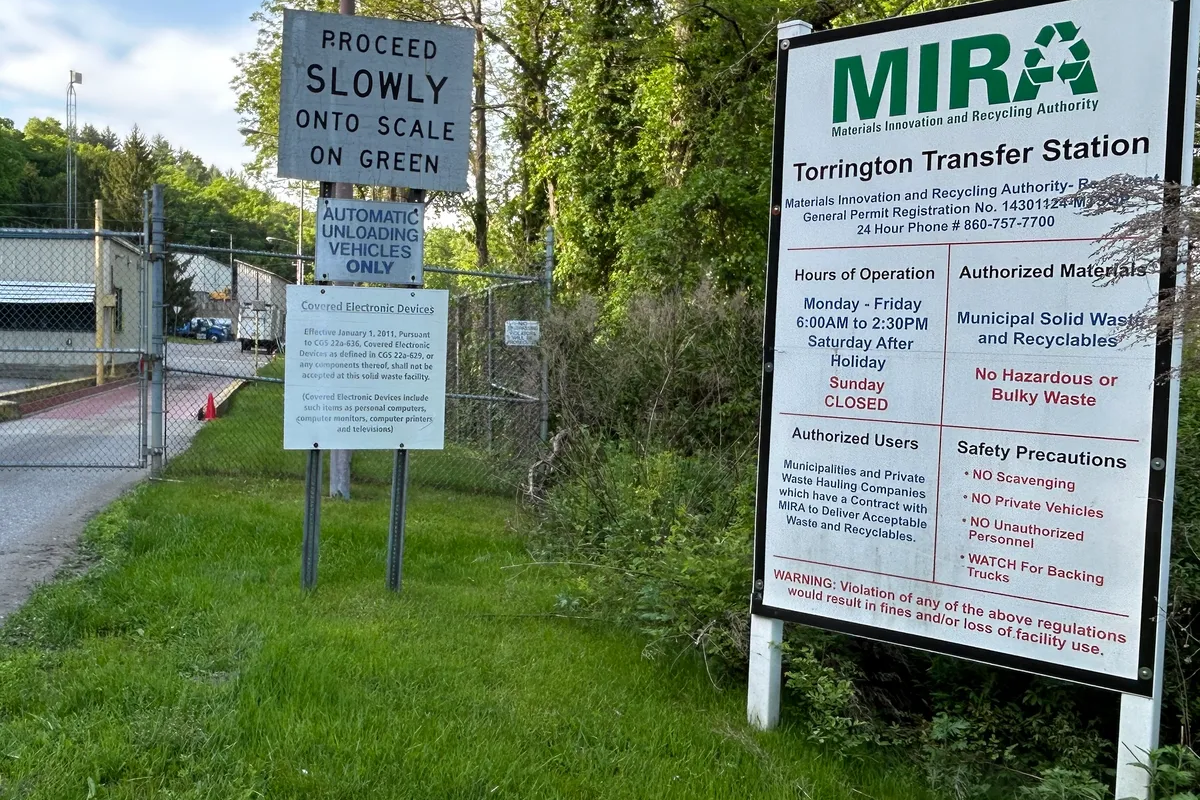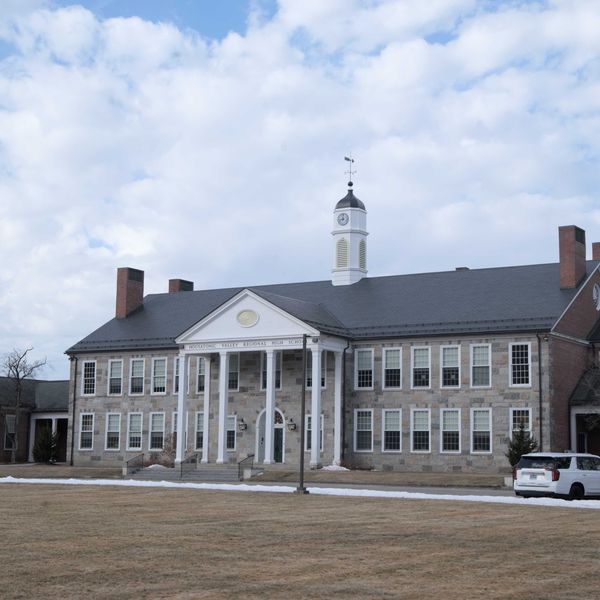Peeking at the Underbelly of the Mormon Church in ‘Under the Banner of Heaven’

An adaptation of Jon Krakauer’s 2003 book, “Under the Banner of Heaven,” on Hulu, uses the murder of a woman and her daughter as a means to examine the Church of Jesus Christ of Latter-day Saints. Photo from IMDB
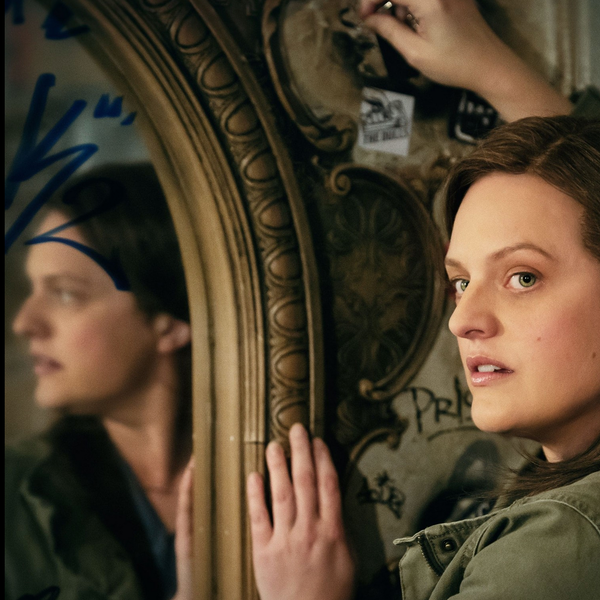
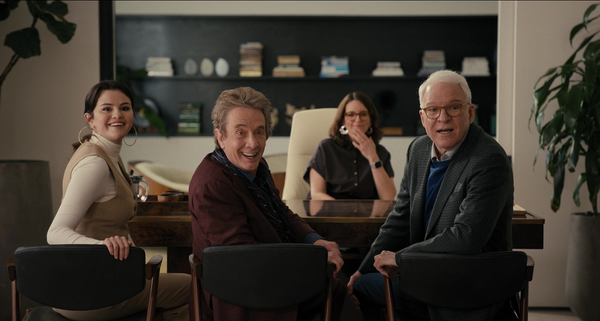
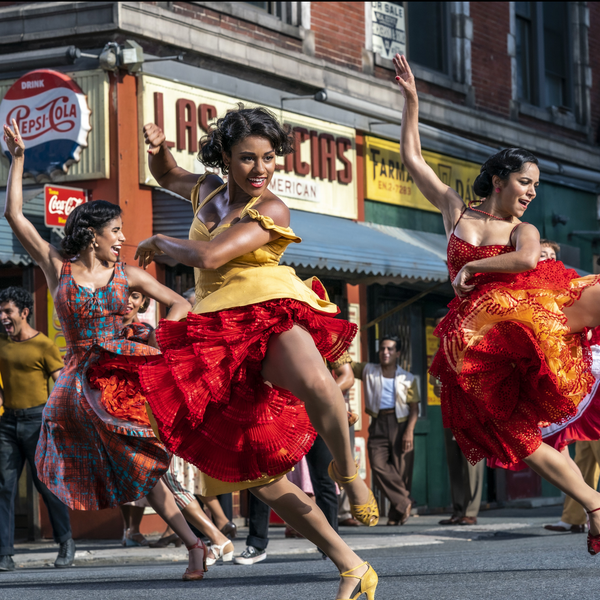

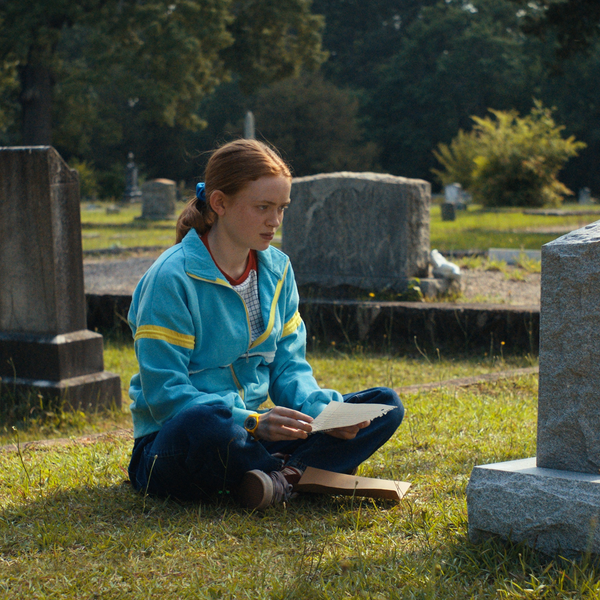
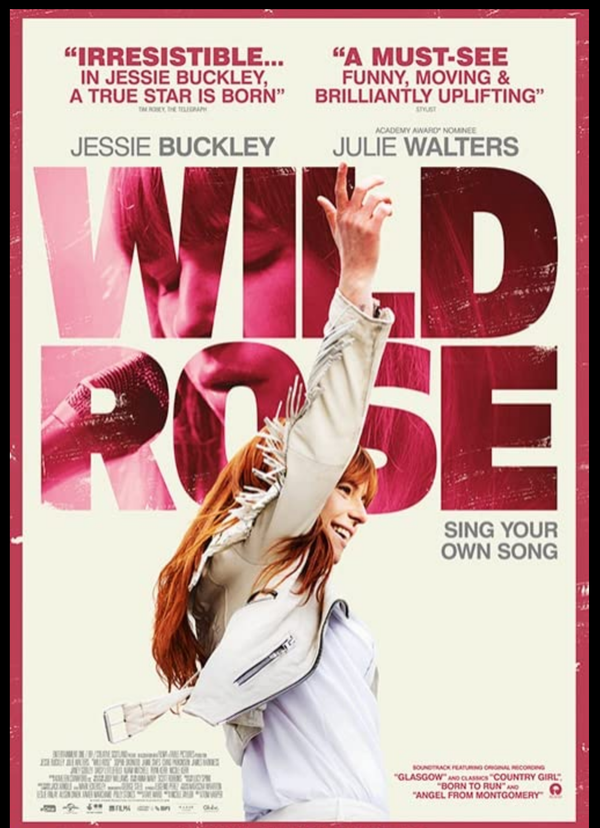
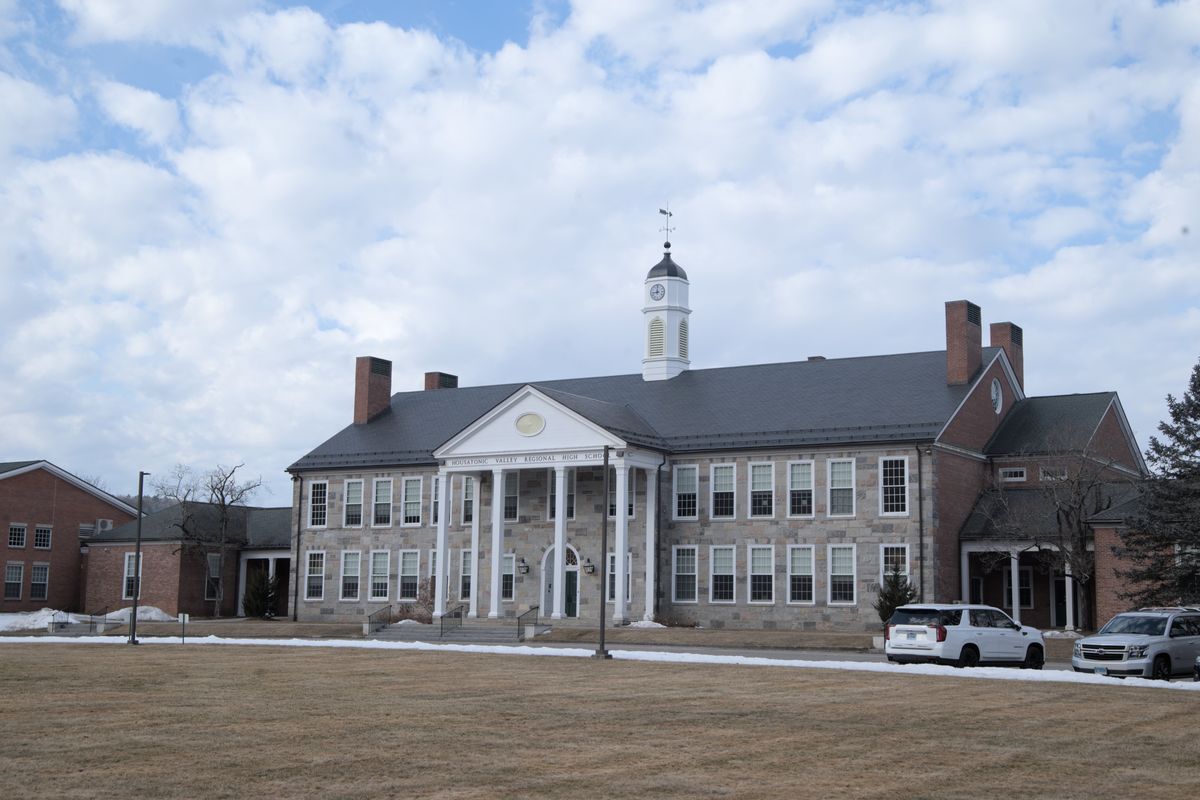
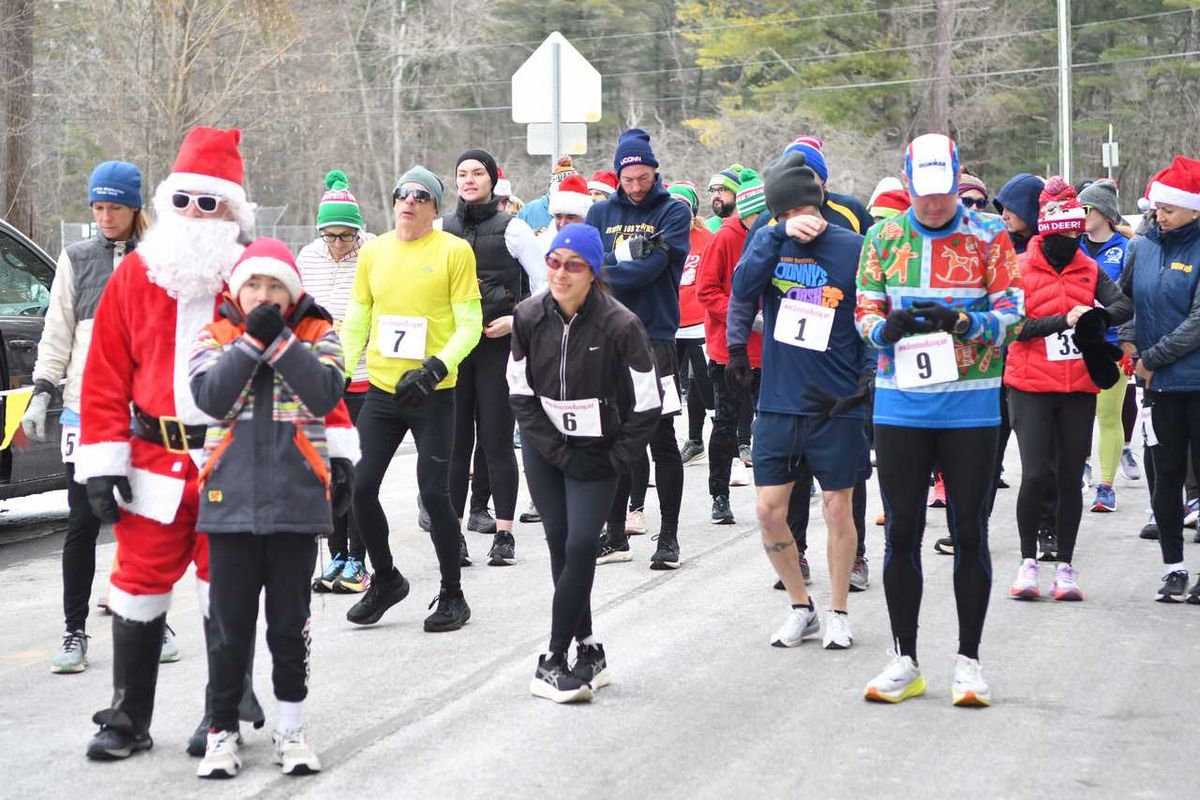
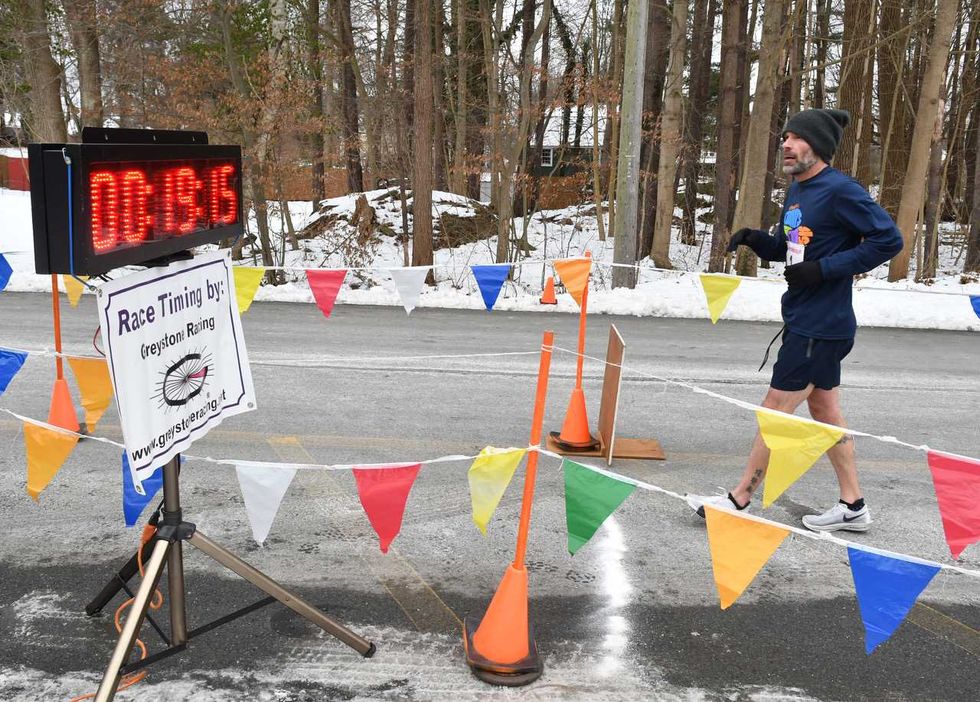 Michael Mills of Goshen crosses the finish line to win the 5th Annual North Canaan Santa Chase 5K on Saturday, Dec. 13, ByJohn Coston
Michael Mills of Goshen crosses the finish line to win the 5th Annual North Canaan Santa Chase 5K on Saturday, Dec. 13, ByJohn Coston  Santa crosses the finish line at the 5th Annual North Canaan Santa Chase 5K By John Coston
Santa crosses the finish line at the 5th Annual North Canaan Santa Chase 5K By John Coston 